“I have been interested in myself since the very moment it became clear to me that this was the only way for a man to be able to know anything.” (Tibor Hajas)
The oeuvre of Tibor Hajas, one of the most outstanding and extreme figures of Hungarian Neo-avant-garde art is being presented by the Ludwig Museum throughout the summer.
The 1960s and 70s witnessed the flourishing of Happening, Action Art and Fluxus – a hardly definable ‘movement’ pursued in the token of “a totality of activities termed art.” Having started his career as a poet, Hajas retained his literary impetus throughout his life, whether he created actions and performances or made experimental films. As an artist pursuing the totality of experience, he was not given the opportunity to collaborate with others and share ideas in response to the works of other artists; thus, he remained a solitary artist in accomplishing that which other artists in the Fluxus and the Vienna Actionist movements did together. His activities were geared towards a conceptual realisation of Body Art. A perception of performance focussed primarily on ritual informs his complete body of works: he photographed (or had others to photograph) himself, or rather, his acts of self-annihilation. Owing to the nature of the art forms he practised, his oeuvre – including objects, texts and copy art pieces – are altogether difficult to document (thus, its public exposure becomes difficult). Thanks, however, to photo artists János Vető, Gábor Dobos, István Lugossy, György Makky, János Szerencsés, and Júlia Veres, with whom Hajas had collaborated, a profound artistic documentation of his performances and actions has been made available to us, so that we can present them alongside Hajas’ films and poetry.
The works of Tibor Hajas, who died exactly twenty-five years ago this coming summer, were previously presented on three occasions, with exhibitions at the King Saint Stephen Museum, Székesfehérvár, in 1987; the Anderson Gallery, Richmond (USA), in 1990; and a Commemorative Exhibition held at the Ernst Museum, Budapest, in 1997. The present exhibition aspires to present the artist’s oeuvre as comprehensively and thoroughly as possible, including so far un-exhibited works from the artist’s estate and international collections. Complete with performance documentation, audio and film material, the exhibition makes use of a wide range of technical tools. The reconstructed slide installations, on David Bowie and on Alice Cooper, provide unique points of interest within the exhibition.
Calling attention to the artist as poet and author, Tibor Hajas’ Texts has been published by the Enciklopédia Publishing House. The volume, edited by Éva Almási, will be presented on the day of the vernissage, as the opening event of a one-day symposium devoted to Tibor Hajas, from 10 am on 16th June.
In addition to the list of exhibited works, the artist’s biography and bibliography, the catalogue published by the Ludwig Museum comprises an introduction by the curator, Veronika Baksa-Soós, and an essay by Krisztina Dékei, art historian. The book is complete with a DVD supplement encompassing a film compilation of Hajas–Vető’ photographic pieces, edited by János Vető. Both publications may be purchased at the bookshop of the Palace of Art, as well as in major bookshops of Budapest.
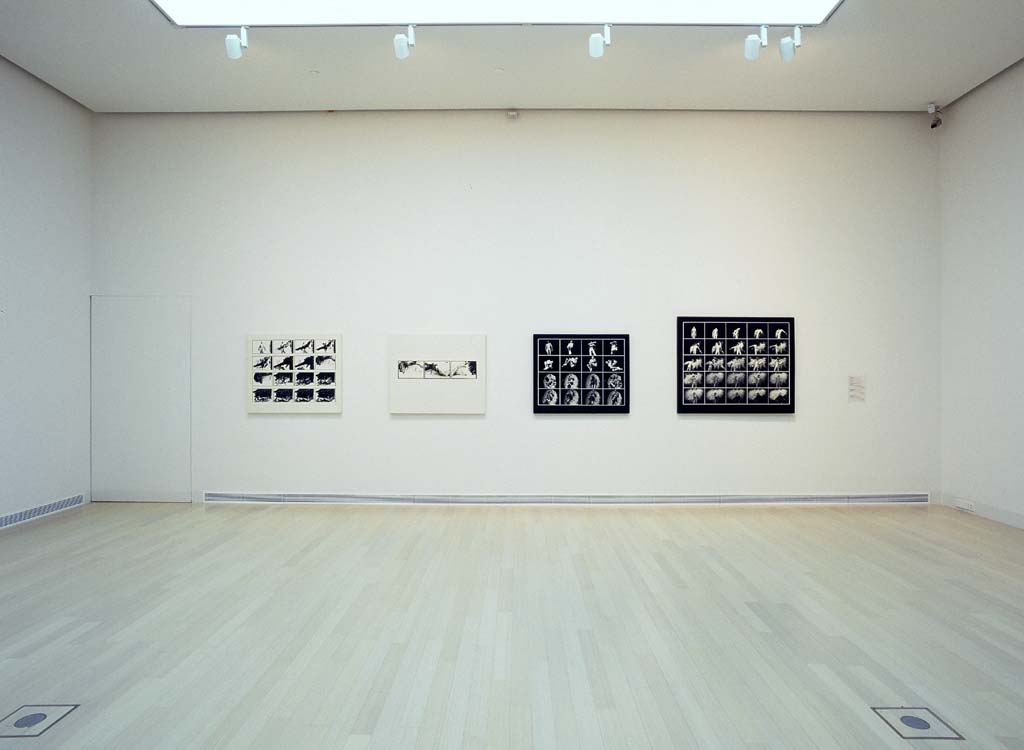
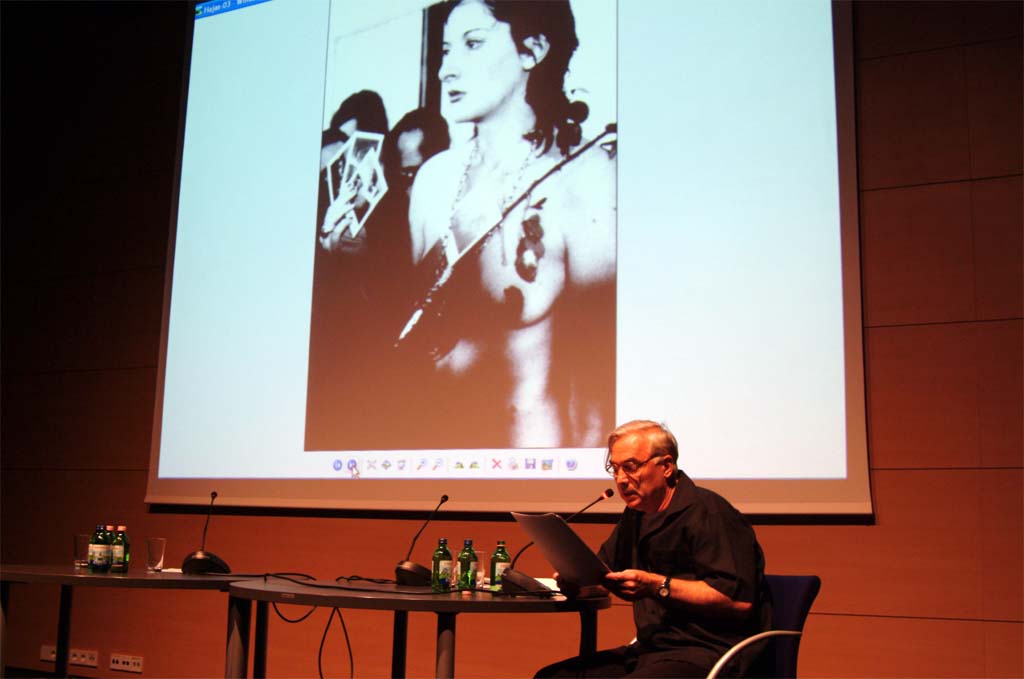


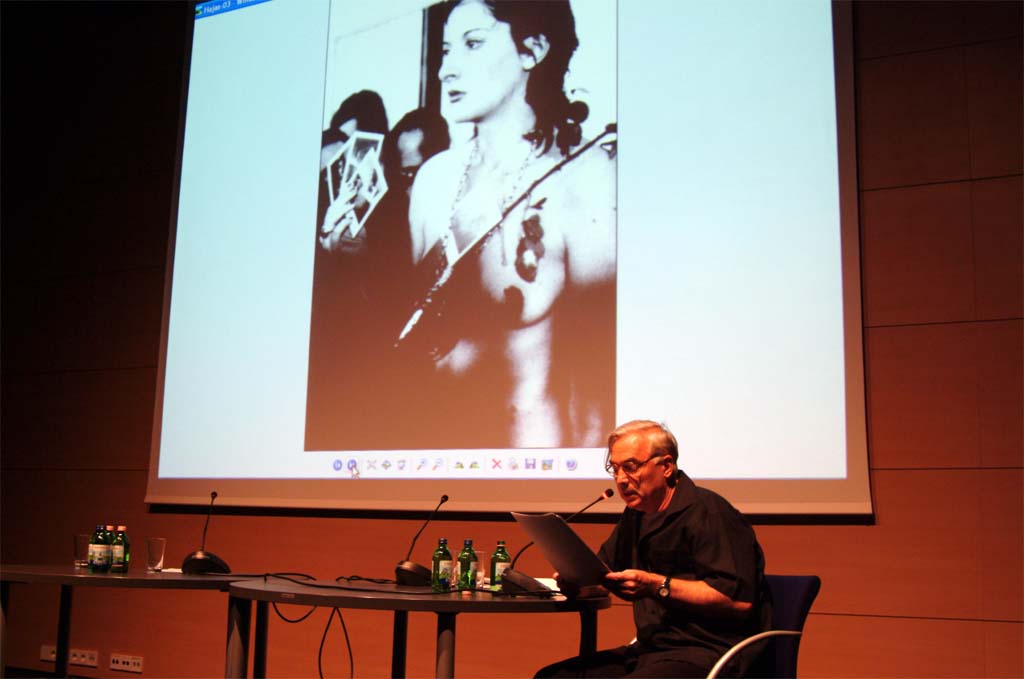
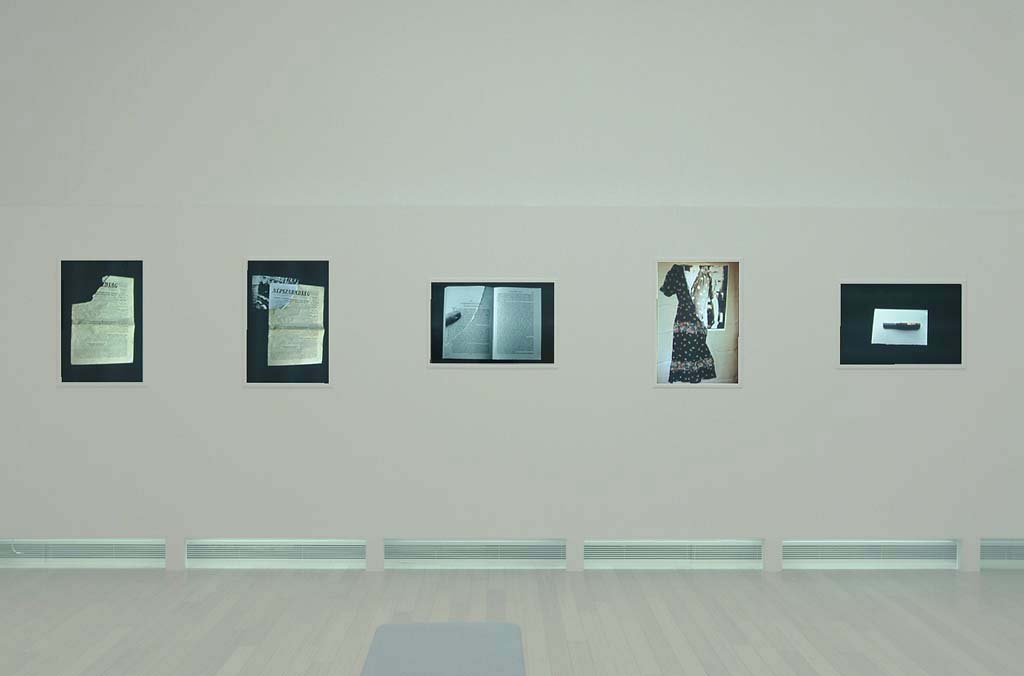
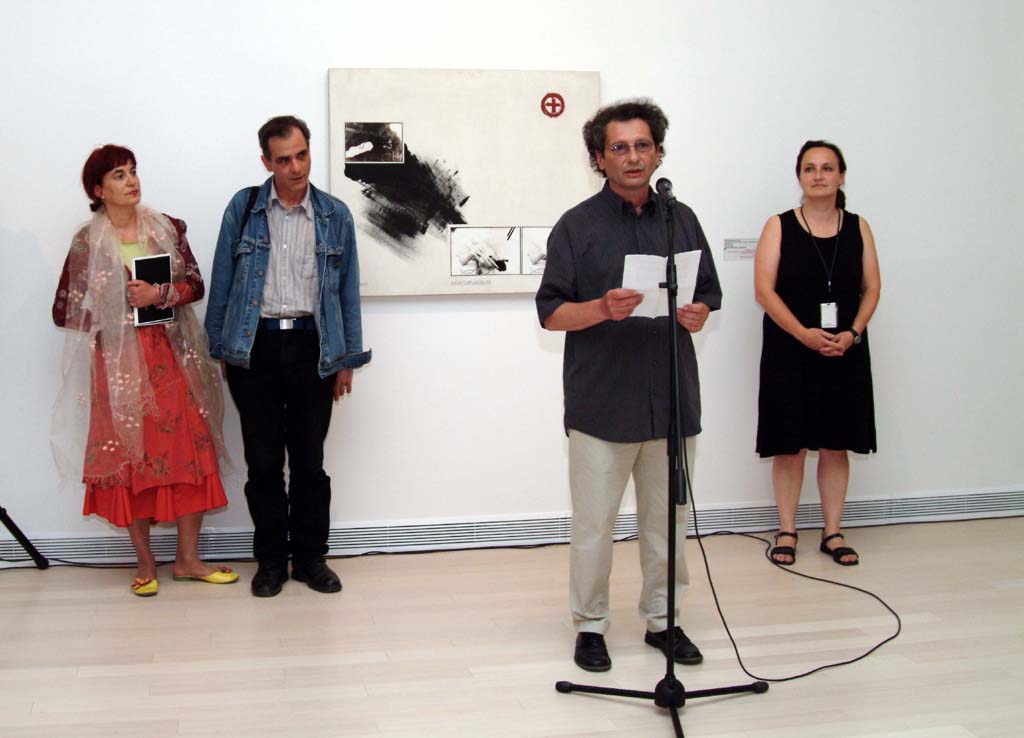
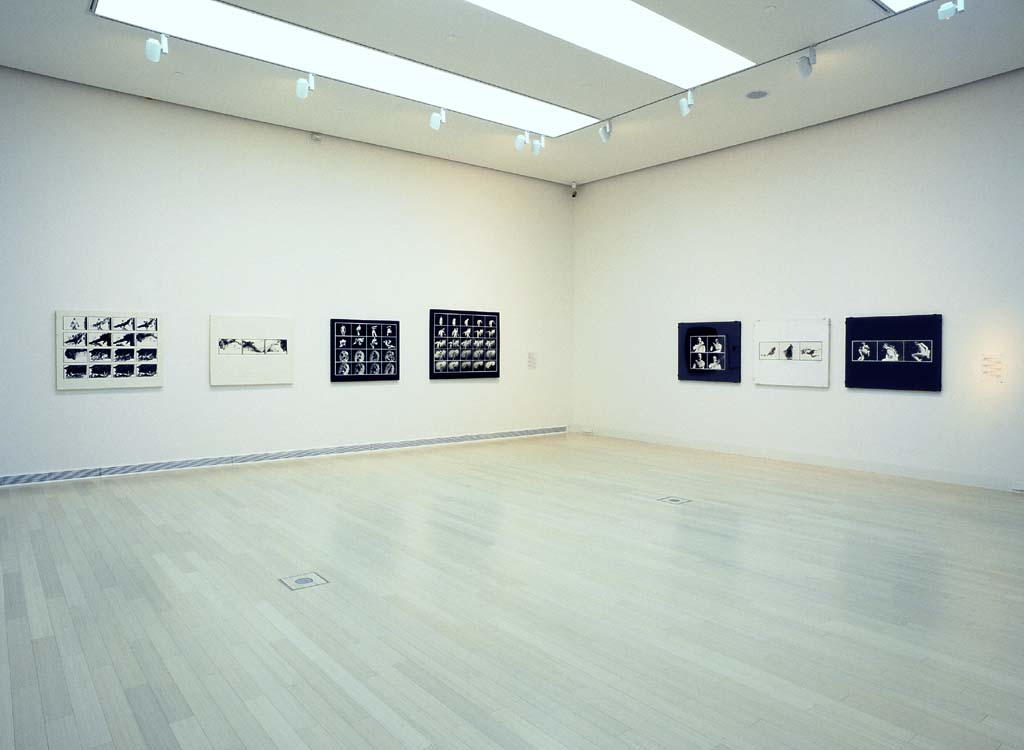
Related contents

Symposium on Tibor Hajas' exhibition 16. June, 2007, 00:00–00:00
Tibor Hajas died under tragic circumstances on 24 July 1980. This symposium will pay a 25-year debt to Hungarian art history research, by presenting and analysing the thorough research behind the first large-scale retrospective exhibition of his work.
Morning programme

